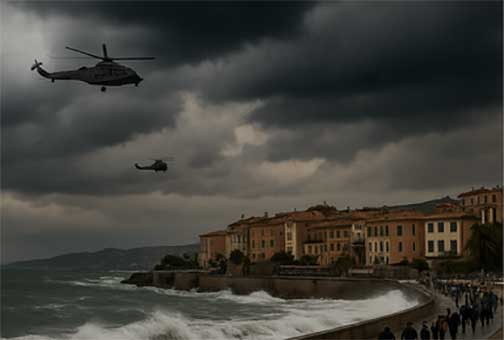A plan to fire live artillery shells over Interstate 5 in Southern California as part of a military showcase featuring Vice President JD Vance has sparked significant opposition from Governor Gavin Newsom. Citing public safety concerns, Governor Newsom announced the closure of a 17-mile stretch of the busy highway.
“The President is putting his ego over responsibility by disregarding public safety,” Newsom asserted in a statement. “Firing live rounds over a busy highway isn’t just wrong — it’s dangerous.”
In response, Vance and U.S. Marine officials from Camp Pendleton defended the exercise, insisting it was safe and did not require disrupting traffic on one of the nation’s major coastal highways connecting San Diego and Los Angeles.
The Vice President along with Defense Secretary Pete Hegseth are set to attend the event, which celebrates the Marine Corps’ 250th anniversary and includes demonstrations of amphibious vehicles and aerial maneuvers.
Although California officials contemplated a freeway closure earlier in the week, the Marines assured them that the event would proceed on designated training ranges under established safety protocols.
On the other hand, state transportation officials opted to close the freeway following practice firings near the area and a request from military organizers for warning signs stating Overhead fire in progress. Consequently, the California Highway Patrol announced that the closure would occur Saturday from 11 a.m. to 3 p.m., with likely delays extending beyond that timeframe.
According to Matt Rocco, a spokesperson for the California Department of Transportation, the military's direction necessitated the closure. “This is all because of the White House-directed military event, and we need to ensure public safety,” Rocco said.
Vance's team, via spokesperson William Martin, countered Governor Newsom's claims, arguing that the training exercises are routine and necessary to maintain the capabilities of U.S. Armed Forces. The freeway closure is projected to increase travel time significantly, adding up to two hours for commuters and impacting thousands of vehicles that traverse this corridor daily.






















